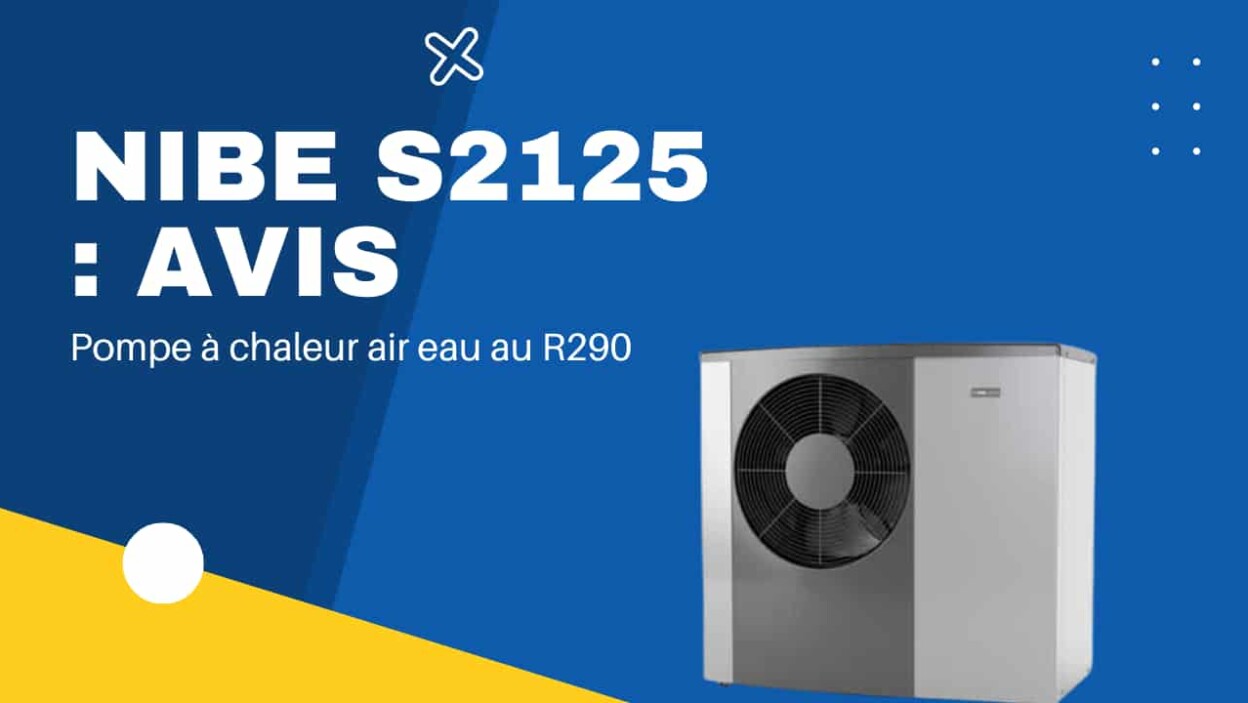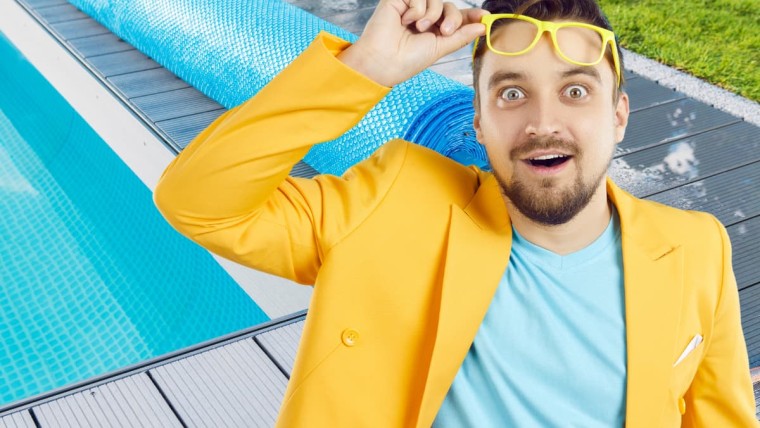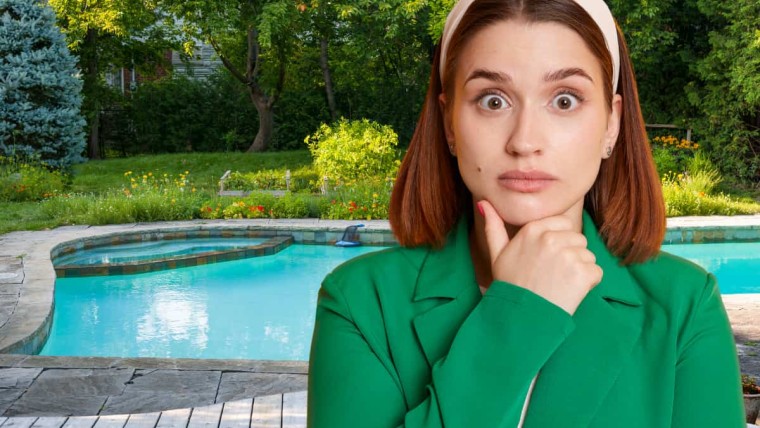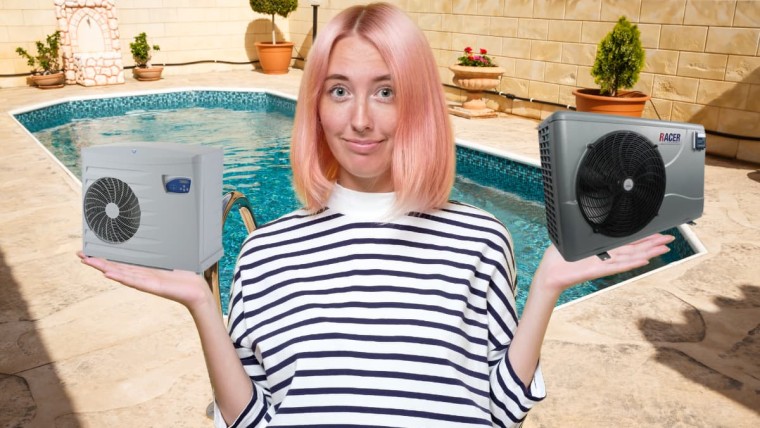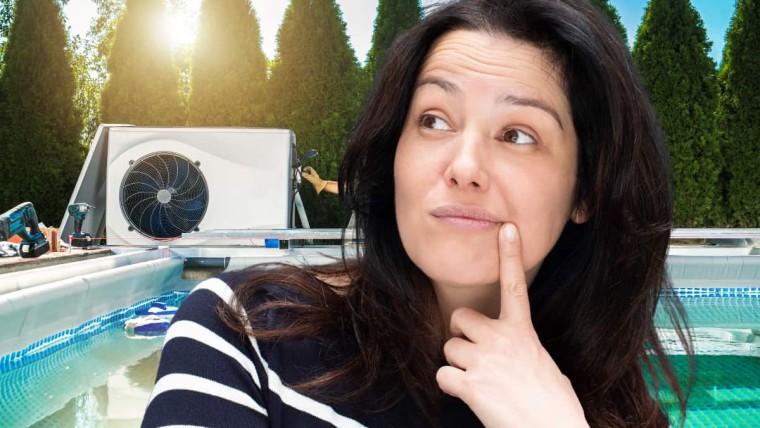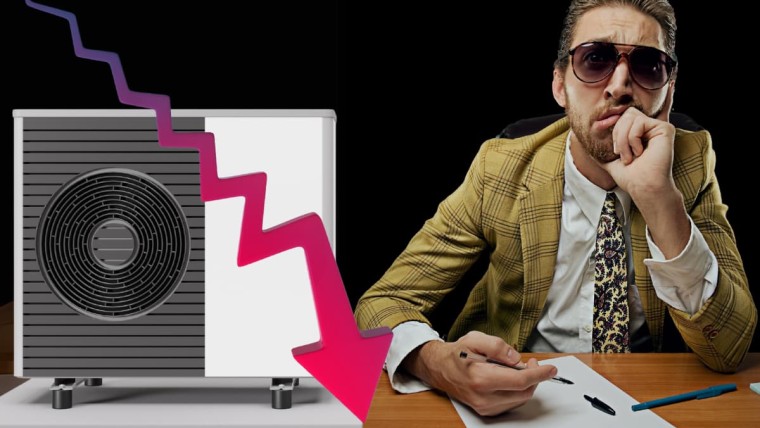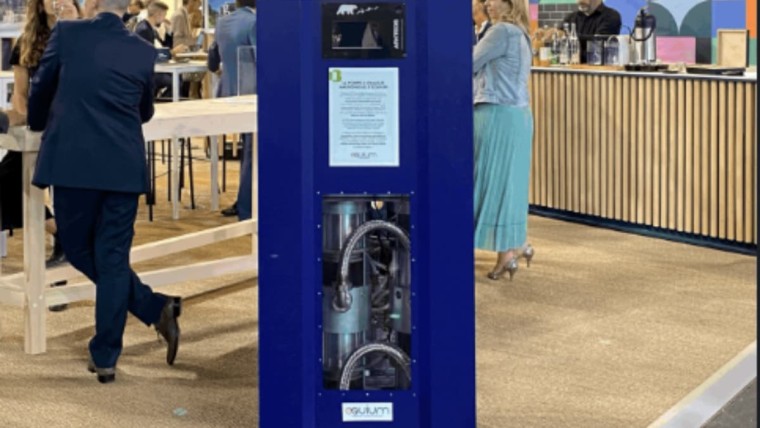In 2022, NIBE released its new R290 outdoor air-to-water heat pump. This model, which is the worthy heir to the NIBE F2120, offers several innovations to further enhance performance, comfort and quiet operation.
NIBE is a Swedish company with a large market share in Europe for heat pumps. In fact, it is the leader in the field of heating in individual housing in northern countries such as Poland and the Czech Republic. Registered on the Stockholm stock exchange since the end of the 20th century, it is a heavyweight in the world of home comfort that is also found in all Western European countries.
The NIBE S2125 is a very modern, environmentally friendly heat pump that runs on propane and provides maximum comfort thanks to the high water temperatures possible.
NIBE S2125 heat pump: what exactly is it?
We are talking about a single-package outdoor air-to-water heat pump.
Air-Water NIBE S2125: means that the NIBE S2125 takes the calories from the outside air (even when it is very cold in winter) and transmits them via its refrigeration system to the water of the heating network
Exterior The unit of the heat pump that captures the calories from the air is located outside, in the garden, on the facade or further away if you have land in your property. NB: we specify because the heat pumps air water also exists in interior, without external block.
Monobloc This means that there is only one block. This means that all the refrigeration and hydraulic components are located in the block or external module. NB: we specify because there are also models of heat pumps in two parts. They are called split or bibloc.
This is a photo of this heat pump (this is the outdoor unit, which will then be connected via hydraulic pipes to your heating network, via a NIBE VVM indoor module)
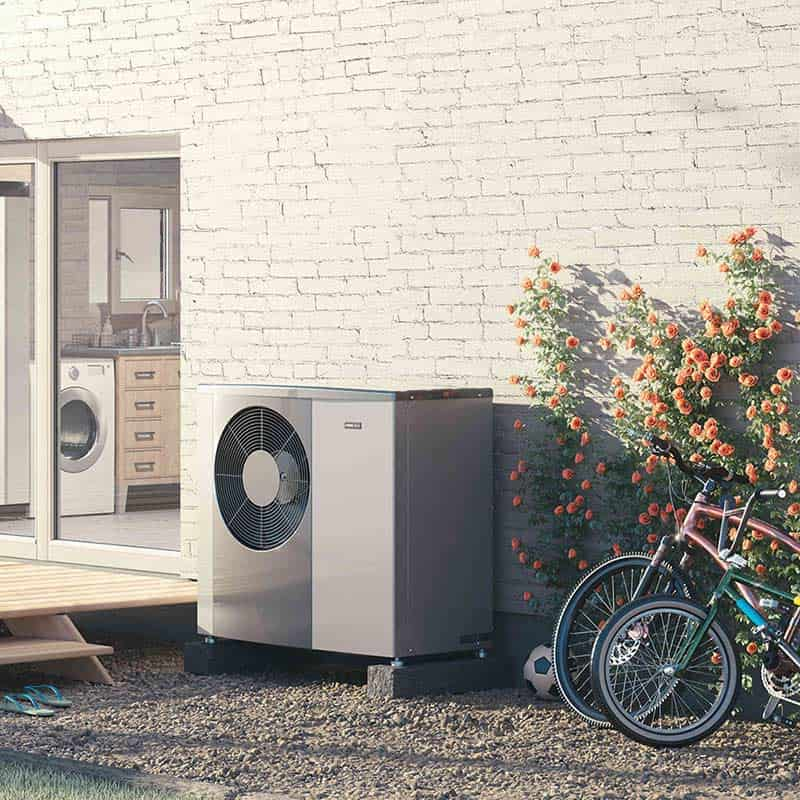
The Aesthetics of the NIBE S2125 CAP
As far as the look of this heat pump is concerned, we can see that it does not change much from the F2120 model. We can however notice that the front face has been slightly modified: there is no longer a grid over the entire height of the fan. We can only see the round fan. This gives a more neat or finished look.
In general, the NIBE S2125 has a look :
- Discrete
- Modern
- Mostly black and grey (less visible dirt)
The thermal performance of the NIBE S2125
The NIBE S2125 is proposed in 2 sizes for the moment: 8 and 12. And it is available in 230V or 3 x 400V in order to adapt to all markets (example: in France 230V, in Switzerland 3x400V)
Here is a table that summarizes the power and COP of the models according to size:
| NIBE S2125-8 | NIBE S2125-12 | |
| Hot Power A-7/35 (floor) | 5.47 kW | 8.29 kW |
| Hot power A-7/55 (radiators) | 5.17 kW | 8.33 kW |
| Hot power A7/35 (floor) | 5.22 kW | 6.14 kW |
| COP A7/W35 | 5,07 | 4,91 |
The S2125 has a seasonal energy efficiency ratio (SEER) of approximately 195% at 35°C and 150% at 55°C. These values are equivalent to those already offered by the F2120.
The NIBE S2125 provides heating and domestic hot water down to -25°CThe maximum water outlet temperature is 65°C. The maximum water outlet temperature is 75°C. It is therefore a heat pump that can compete with the high temperature or very high temperature heat pumps available on the market.
See the technical data of the PAC NIBE S2125
For comparison: NIBE F2120 sheets
Overall, with the same seasonal energy efficiency (about 200%), the S2125 provides more comfort than the previous model F2120 (still available), but that's not all.
The acoustics of the NIBE S2125
In terms of acoustics, i.e. the noise generated by the heat pump's outdoor unitHowever, the Swedish brand has made an effort to set the bar even higher for its competitors. Indeed, with an announced sound power value of 49dBAThis represents a 4dBA reduction over the previous model, which was 53dBA. This makes this machine one of the quietest heat pumps on the market.
However, do not believe those who will tell you that 3dBA is twice less noise, in fact to really perceive twice less noise by the human ear, it is necessary to count 10dBA. (3dBA is 50% less intensity, but it is not perceived as such by the ear)
At 2 m from the heat pump, NIBE even announces 38dBA, which on the decibel scale is similar to the noise in a quiet office. This minimizes the risk of disturbance to the neighborhood, and ensures that you meet all noise standards in force in your area.
Price of the NIBE S2125 heat pump
Not yet too available online, the NIBE heat pump can be found on some e-commerce sites. The prices below are an average and depend on the suppliers.
- The S2125-8 costs 6500€ directly from a supplier (see picture below)
- The S2125-12 costs 7000€.
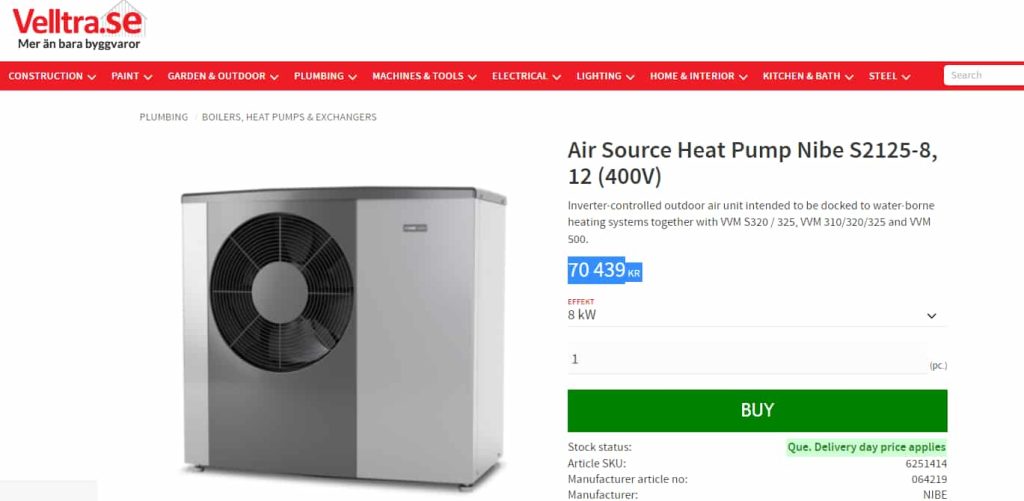
Prices to which it is necessary to add the interior unit often of type VVM320 which costs approximately 5000€.
However, you can't buy from suppliers because you don't have an account, and you have to be an installer.
We will resell you these products 2 times the price, which takes into account possible taxes, the price of transport and the margins of the various intermediaries. Some e-traders already show prices between 16 and 18000€ for this model. And it will be necessary to count also the installation, between 5000 and 10000€.
Your finished installation of NIBE S2125 + VVM 320 heat pump could cost you between 25000 and 30000€, from which you can deduct the state aid according to your region or country.
Dimensions of the NIBE S2125
Here are the dimensions of the NIBE S2125 vs. the dimensions of the NIBE F2120, in a table:
| Height (mm) | Width (mm) | Depth (mm) | Weight (kg) | |
| S2125-8 | 1070 | 1130 | 820 | 150 |
| F2120-8 | 1070 | 1130 | 610 | 167 |
| S2125-12 | 1165 | 1280 | 820 | 160 |
| F2120-12 | 1165 | 1280 | 612 | 177 |
We notice that the NIBE S2125 has slimmed down but grown 🙂 ! Indeed, it is 21cm thicker than the NIBE F2120, which means 20cm more space in the garden, making this heat pump a little less discreet than the NIBE F2120, especially considering the Distance between the heat pump and the wall, which must be observed according to the manufacturer.
However, it loses about 20kg, it remains in the same dimensions of height and width.
Other features of the NIBE S2125
In addition to the advantages presented above, we can focus on 2 additional arguments that add to the qualities of this heat pump.
The NIBE S2125 uses R290 propane. While most other manufacturers in Europe and around the world have switched to R32 as a replacement gas for R410A. NIBE, along with a few other manufacturers such as Vaillant and Dimplex, has opted for propane.
It is a gas with almost zero environmental impact, which makes it the perfect candidate for compliance with the new refrigerant standards aimed at reducing damage to the ozone layer by 2050. But its characteristics are excellent and close to those of a gas that dominated the market for a long time: R22, now banned.
If you want to know more about refrigerant gases, you can read this article
On the other hand NIBE offers a extended warranty up to 10 years on its products, parts labor displacement, which you can subscribe to through your installer if you wish. This is done through the insurance partner NIBE AB, and you will just have to pay a monthly fee.
Overall opinion on the NIBE S2125
The NIBE S2125 heat pump, which appeared in 2022, is set to take a large share of the renovation market in individual housing. The temperatures it is capable of achieving, together with good seasonal energy efficiency, make it an ideal candidate for replacing the millions of fossil fuel boilers in Europe.
In terms of acoustics, it dominates the competition on paper, and makes it easier to obtain authorizations. Indeed, with 49dBA of sound power, it will be very easy to measure sound pressures of less than 45dBA, which is often an acceptable limit, by moving a few meters away from the heat pump. (even 38dBA at 2m according to NIBE)
This NIBE S2125 may not be suitable for all pockets, as its price is still higher than the standard high temperature heat pumps available on the market.
Read also:
TOP 20 Best air-to-water heat pumps

Julien G.
Juliena mechanical engineering graduate and specialist in climate engineering since 2009, has become a writer specializing in renewable energies, with expertise in heat pumps and photovoltaic solar panels for individual housing.
See all articles by this author
